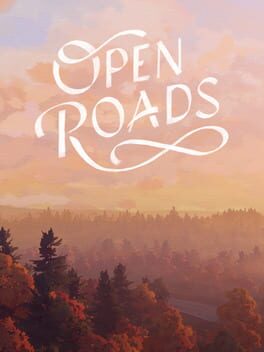The way Open Roads’ snippets of dialogue push you through its many locales is more on-rails than I expected. While you still have the ability to explore environments and discover objects that add to the story, the constant commentary from Tess and Opal lessens your sense of agency. While Gone Home similarly pushes you through its house’s rooms in a somewhat predetermined order, its guidance felt subtle. Going at your own pace and following your own instincts as you pick up objects and actively unravel the story of the house where it takes place and the family who lives there was part of that, making you feel like the force driving the narrative forward. That interactivity is encouraged through simple features like being able to turn on and off the lights in rooms, letting you use the lights as a sort of marker of progress, and some players took advantage of the freedom it afforded you to manipulate objects and carry them around the house to engage in expressive acts of play, like creating little shrines to the love of its central couple.
Open Roads has no metaphorical light switches and doesn’t allow for so much player freedom or personal expression. With such a strong duo as Tess and Opal leading the game, Open Roads may have been better served as a straight visual novel. But the focus on them also makes picking up objects to unravel the mystery feel lacking. This is a story for the player to witness, not unravel through interaction themselves.
It leaves Open Roads feeling like a game at odds with itself, the family mystery that unfolds through your acts of exploration and examination versus the mother/daughter story told through dialogue between Tess and Opal. As far as road trips go, this one is a bumpy ride.
Open Roads has no metaphorical light switches and doesn’t allow for so much player freedom or personal expression. With such a strong duo as Tess and Opal leading the game, Open Roads may have been better served as a straight visual novel. But the focus on them also makes picking up objects to unravel the mystery feel lacking. This is a story for the player to witness, not unravel through interaction themselves.
It leaves Open Roads feeling like a game at odds with itself, the family mystery that unfolds through your acts of exploration and examination versus the mother/daughter story told through dialogue between Tess and Opal. As far as road trips go, this one is a bumpy ride.
